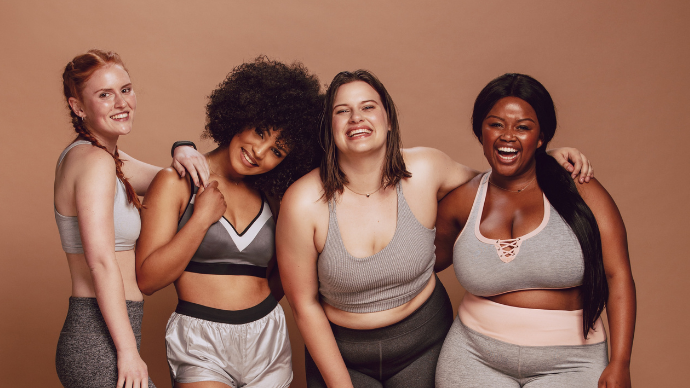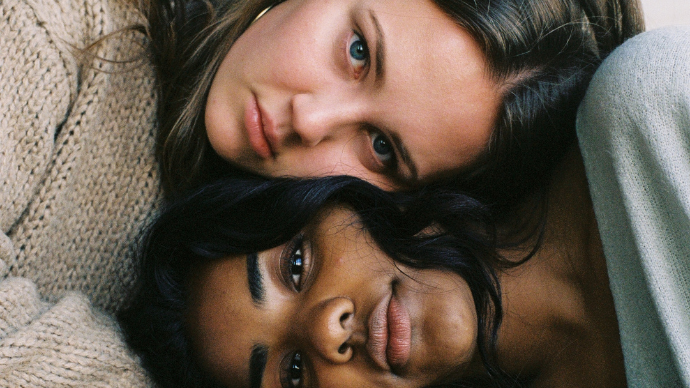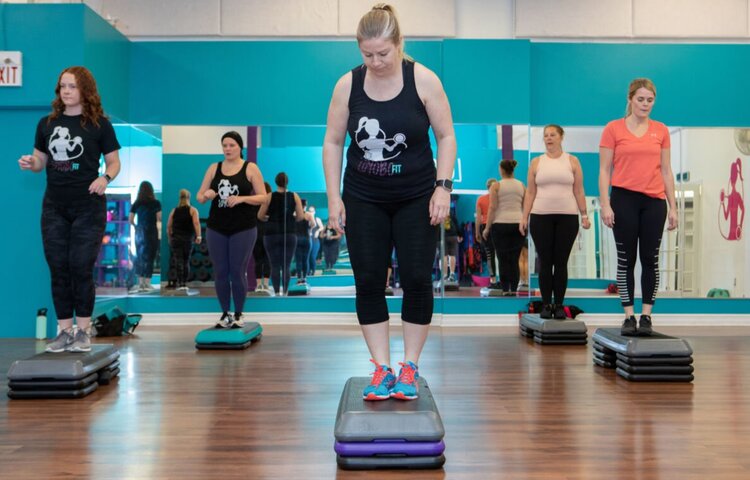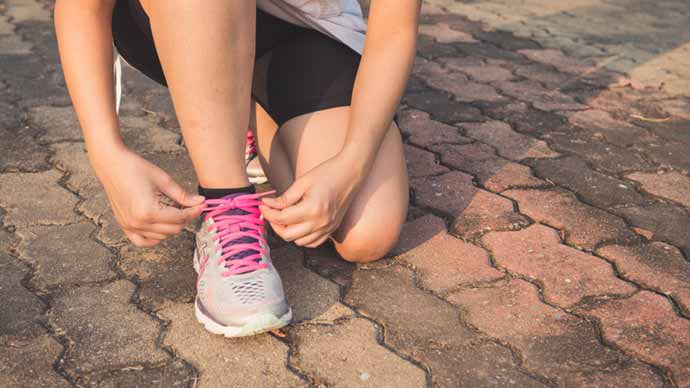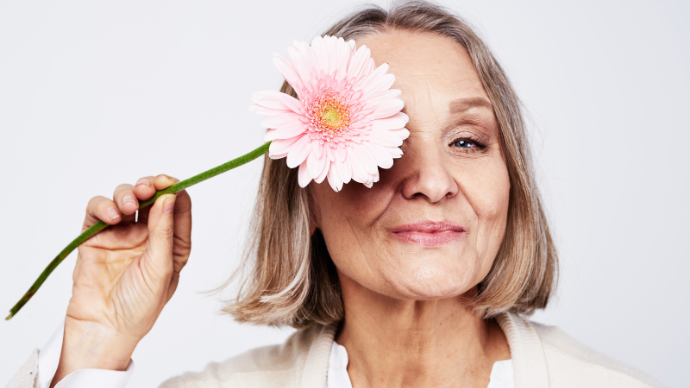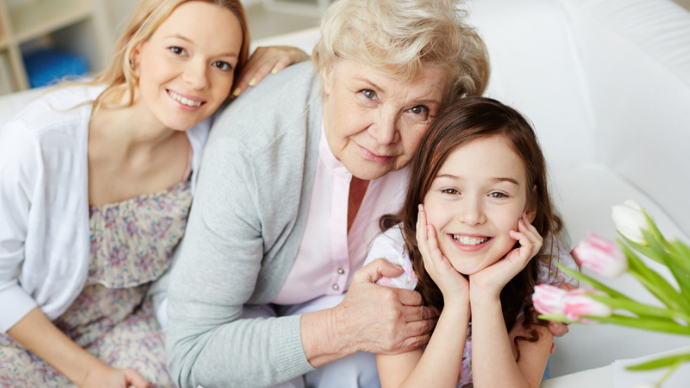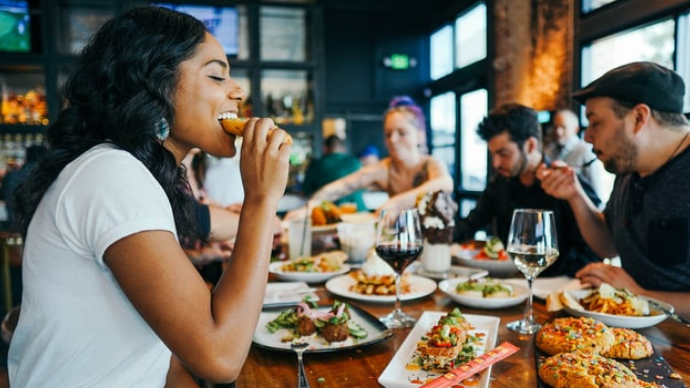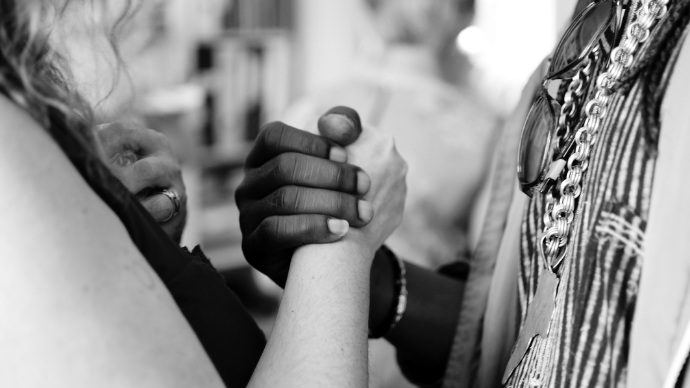Maybe you’ve heard that diets don’t work and believe that diet culture’s “thin(er) is better” messaging is toxic. Yet you, like millions of other Americans, still want to lose weight.
You find yourself wanting a healthy relationship with food but you’re bombarded by the “New Year, New You” pressure to transform your body.
That makes perfect sense. And I get it because I too, as a former fitness expert and “eat this, not that” nutrition professional, fell prey to the “wellness” marketing that says you must, “look good to feel good.” Who doesn’t want to feel good about themselves? But remember, it’s diet culture that masquerades as “wellness” that convinces you that only one body type is “healthy” and to tie your self-worth to your looks.
Every January the mental berating in your head goes something like this – “Why can’t I just eat well without needing a “plan” to follow? Why don’t I have the discipline to sustain “success” after 30 days?”
Following the rules of “healthy eating” and restricting your favorite foods is exhausting. You feel guilty for ordering a Domino’s pizza or enjoying a Ghirardelli chocolate square after dinner; it’s only ok to eat these “bad” foods on a “cheat day.”
You’re “good” when you control your portion sizes, yet you’re hungry in an hour. But now it’s after 7pm and you “shouldn’t” eat because the “kitchen is closed.” “How can I possibly be hungry? I just ate.”
Or maybe you “can’t” eat because you’re still within your 16-hour intermittent fasting window. The negative self-talk in your head is loud, rigid, and lacking self-compassion. You wish you could stop thinking about food and your body all day, every day.
Does this sound like wellness? No.
What’s creating all this food drama? Diets.

Diets teach us to follow food rules that restrict or ban foods rather than listen to our own body’s food and self-care needs. Many of us believe that “dieting” is healthy eating and good nutrition. It’s not. Eating healthy includes having a healthy relationship with food. It’s approached gently and respects biodiversity – different bodies, have different needs.
The ✨ good news ✨ is that you can:
Ditch diets and learn how to eat intuitively
Dietitians, Evelyn Tribole and Elyse Resch created Intuitive Eating in 1995, as an anti-diet, a response to the failure of “diet” plans. Intuitive Eating is a self-care eating framework with 10 principles designed to guide you back to attunement or body awareness – listening for and responding to your individual body’s needs for nourishment – physical, emotional, and psychological.
You were born knowing how to eat. As an infant, you cried when you were hungry and turned your head, refusing to eat, when you were full. But over time, you can lose this natural ability to honor hunger and fullness because external forces interfered.
- Maybe you had to “clean your plate” even if you were full.
- Or you were served portioned plates and not allowed to have a second helping despite being physically hungry.
- Perhaps you weren’t allowed to have dessert unless you ate your vegetables.
- And cookies or chips were forbidden foods in your home so when available you “binged” on them.
- Or you learned that you “shouldn’t” trust your body’s signals when you first dieted.
So how do you return to eating intuitively?
“The first thing you do in Intuitive Eating is reject that diet mentality – meaning we’re not getting back on that diet this new year, we’re going to reject those juice cleanses and intense programs and start eating food when we’re hungry, we’re going to start making peace with all food,” says clinical mental health counselor and Therapy Thoughts podcast host, Tiffany Roe.
Interviewed on CBS News this month, Roe discussed Intuitive Eating as the antidote to dieting.
“The difference between a really healthy relationship with food and dieting is you feel connected to your body, you feel satisfied, you enjoy variety, you enjoy life, and you can listen and respond to all your bodies cues. Dieting doesn’t give us that result. Dieting is about restriction, obsession, fixation. And its short-term results never stick. We get stuck in this cycle of depending on dieting” says Roe.
So what if you want to eat pizza tonight and feel you shouldn’t?
“What I am going to say is going to go against everything we’ve learned in diet culture. Eat the pizza,” advises Roe.
“The dieting rules trigger an inner rebellion, because they’re an assault on your personal autonomy and boundaries” says Tribole and Resch. A 2012 research study “Dieting and Food Craving” by Massey and Hill provides evidence that dieters experience stronger cravings for the foods restricted on their plans compared to non-dieters.

A healthy relationship with food could be enjoying a green smoothie, because you like it – and pizza. Intuitive Eating takes an all foods fit approach to gentle nutrition where pizza isn’t “bad.”
Instead of restricting and banning foods, Intuitive Eating gently guides you back inside your body asking:
What do you need?
♡ Are you honoring your individual hunger and fullness?
♡ Which foods give you pleasure and make you feel good?
♡ And if not food, what are you hungering for in life – making a difference, more pleasure, connection?
You might have one big question:
Will Intuitive Eating make me thinner?
When your mind is stuck on your weight – the goal of diets, it interferes with the foundational concept of Intuitive Eating – body awareness – listening to the physical cues coming from your own body without diet culture “shoulds” and “shouldnts” getting in the way.
Intuitive Eating is an empowerment tool that guides you to trust your body to settle where it’s healthiest, not where diet and “wellness” culture says it “should” be.
Liberate yourself from diet culture and weight obsession in 2022. Reject dieting and eat intuitively. You are the expert of your own body.
To your happiness and health,
- Tanya
♡ Ready to transform your relationship to food and your body? Get started!
You might also enjoy Intuitive Eating: Do you need to relearn how to eat?



